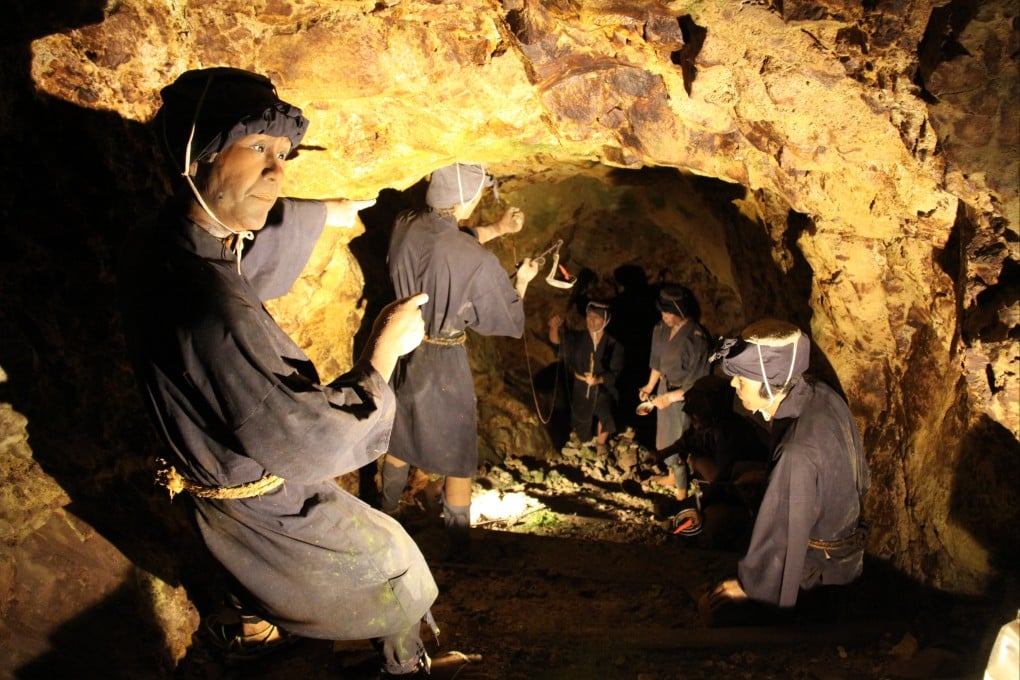Will Japan’s Kishida be the man with the Midas touch in Unesco gold mine row with South Korea?
- Some politicians, and former prime minister Shinzo Abe, want former gold mine on Sado Island to become a Unesco World Heritage cultural site
- But Tokyo’s foreign ministry worry this may worsen relationship with Seoul, which is against listing because of forced Korean labour during colonial rule

The site was selected in December as a candidate for the listing by Japan’s agency for cultural affairs, but the announcement was immediately condemned by the South Korean government.

“Our government will sternly respond with the international community to prevent a site where workers were forced to toil against their will from being designated as a Unesco World Heritage Site without enough explanation,” said foreign ministry spokesman Choi Young-sam at the time.
An official from the Japanese embassy in Seoul was later summoned to the ministry to receive an official protest, while an editorial in The Korea Times described the proposal as a “brazen-faced move” and pointed out that Korea had complained in 2015 when a number of other industrial sites dating from the Meiji period (1868 to 1912) were added to the list, including a coal mine on Hashima Island, in south Japan’s Nagasaki Prefecture.
Seoul appears to have an unlikely ally, however, with the foreign ministry in Tokyo also reluctant for the application to proceed on the grounds that it will cause a further deterioration in Japan’s already strained relations with its neighbour.

Foreign Minister Yoshimasa Hayashi attempted to avoid a question on the issue in a press conference this week, saying, “We are conducting a comprehensive study from the perspective of what would be the most effective way to realise the registration.”
